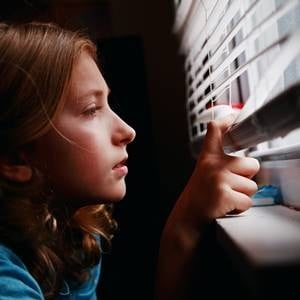
It takes multiple measures of physical distancing to slow the spread of the new coronavirus, a study from Singapore concludes.
That finding is based on a computer model of a simulated setting in Singapore. Coronavirus cases are on the rise there, but as of 23 March, schools remained open and workplace distancing was only recommended, not national policy.
Researchers concluded that a three-pronged approach would be most effective at preventing spread of Covid-19. It would include quarantining infected people and their families, closing schools and workplace distancing.
While less effective, quarantine plus workplace measures was the next best strategy, followed by quarantine plus school closure, and then by quarantine only.
Enhanced outbreak control measures
All of the measures on their own were more effective than doing nothing at all, according to the study published online in The Lancet Infectious Diseases journal.
"Should local containment measures, such as preventing disease spread through contact tracing efforts and, more recently, not permitting short-term visitors, be unsuccessful, the results of this study provide policy makers in Singapore and other countries with evidence to begin the implementation of enhanced outbreak control measures," said study author Alex Cook, an associate professor of public health and medicine at National University of Singapore.
Joseph Lewnard of the University of California, Berkeley, and Nathan Lo of the University of California, San Francisco, wrote an editorial that accompanied the study.
"Although the scientific basis for these interventions might be robust, ethical considerations are multifaceted," they wrote. "Importantly, political leaders must enact quarantine and social-distancing policies that do not bias against any population group."
Special attention to vulnerable populations
Social and economic injustices in the name of public health have lasting repercussions, they noted.
"Interventions might pose risks of reduced income and even job loss, disproportionately affecting the most disadvantaged populations: policies to lessen such risks are urgently needed," they concluded.
The editorial called for special attention to vulnerable populations, such as homeless, incarcerated, older or disabled individuals, and undocumented migrants. It added that exceptions might also be needed for groups such as people who are reliant on ongoing medical treatment.
READ | What does self-quarantine to prevent the spread of coronavirus look like?
READ | Coronavirus: Why the 14-day quarantine period?
READ | Wuhan study shows how social distancing to curb the spread of coronavirus is saving lives
Image credit: Sharon McCutcheon,Unsplash




 Publications
Publications
 Partners
Partners











